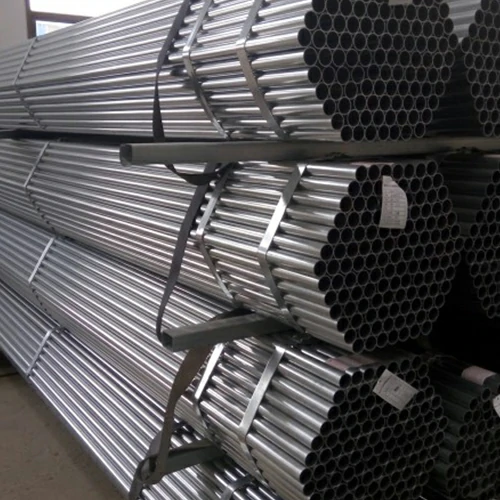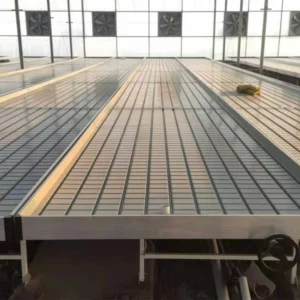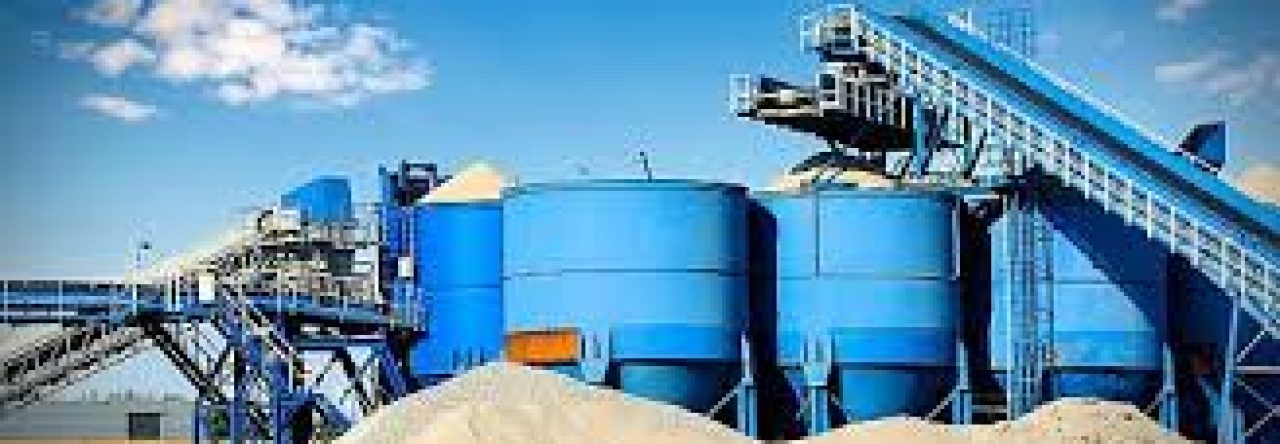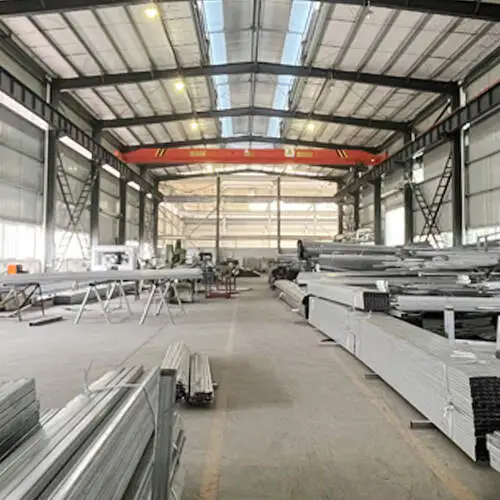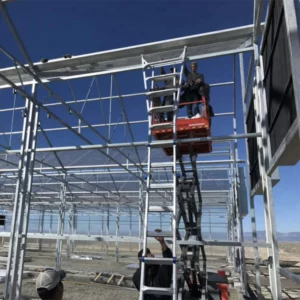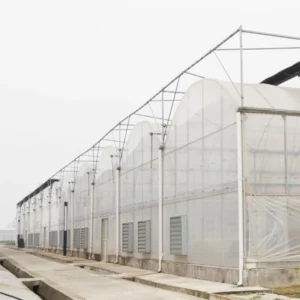Lubricants play a crucial role in the steel coil processing industry, particularly during manufacturing processes such as hot rolling, cold rolling, and coating.
Here are some key roles of lubricants in the steel coil process:
- Reduction of Friction: Lubricants are applied to the surfaces of steel coils and processing equipment to reduce friction between the metal surfaces during rolling, bending, and forming operations. By minimizing friction, lubricants help to prevent surface damage, wear, and tooling wear, thereby improving the efficiency and longevity of the equipment.
- Temperature Control: Lubricants act as heat transfer agents, dissipating heat generated during metalworking processes such as hot rolling and forming. By facilitating efficient heat transfer, lubricants help to control the temperature of the metal and processing equipment, preventing overheating and thermal deformation.
- Surface Quality Improvement: Lubricants contribute to the improvement of surface quality and finish of steel coils by reducing surface roughness, scratches, and defects. By forming a protective film or boundary layer between the metal surfaces and processing equipment, steel coil supplier lubricants help to minimize surface imperfections and achieve smoother, more uniform surface finishes.
- Dimensional Accuracy: Lubricants assist in maintaining dimensional accuracy and precision during metalworking processes by reducing frictional forces and preventing material distortion or springback. By providing lubrication between the metal surfaces and tooling, lubricants help to ensure consistent dimensions, tolerances, and shape control of the finished steel coils.
- Material Flow Enhancement: Lubricants aid in improving material flow and formability during metalworking operations such as cold rolling, bending, and stamping. By reducing the resistance to deformation and enhancing the ductility of the metal, lubricants facilitate uniform material flow and shape formation, resulting in improved product quality and productivity.
- Corrosion Protection: Lubricants can provide temporary corrosion protection to steel coils during storage, transportation, and processing. By forming a barrier against moisture and atmospheric contaminants, lubricants help to prevent rust and corrosion, preserving the integrity and appearance of the steel coils until further processing or use.
- Tool Life Extension: Lubricants help to extend the service life of processing equipment, tooling, and dies by reducing wear, galling, and adhesion between metal surfaces. By acting as a lubricating and protective barrier, lubricants minimize frictional forces and abrasive wear, thereby prolonging the operational life of critical components in the steel coil processing industry.
Overall, lubricants play a multifaceted role in the steel coil process, contributing to improved productivity, sheet metal coil suppliers product quality, equipment reliability, and environmental sustainability. Proper selection, application, and maintenance of lubricants are essential to ensure optimal performance and efficiency in steel coil manufacturing operations.
How do you calculate the flatness of a sheet metal coil?
Calculating the flatness of a sheet metal coil involves measuring the deviation of the coil surface from a perfectly flat plane. Flatness is typically expressed as a deviation value or a flatness tolerance, indicating the maximum allowable deviation from flatness over a specified distance.
Here’s a basic method for calculating the flatness of a sheet metal coil:
- Select Measurement Points: Choose specific points along the length and width of the sheet metal coil where flatness measurements will be taken. These measurement points should be evenly distributed across the surface of the coil to provide a representative assessment of flatness.
- Measure Surface Profile: Use a precision measurement tool, such as a straightedge, dial indicator, steel coil manufacturer laser scanner, or optical profilometer, to measure the surface profile of the sheet metal coil at each selected measurement point. Ensure that the measurement tool is properly calibrated and positioned to accurately capture deviations from flatness.
- Calculate Deviation: Determine the deviation of the coil surface from a flat plane at each measurement point by subtracting the actual measured height or distance from the reference flat plane. Record the deviation values (positive or negative) at each measurement point.
- Calculate Average Deviation: Calculate the average deviation of the coil surface from flatness by taking the arithmetic mean of the deviation values measured at all selected measurement points. This provides an overall indication of the coil’s flatness across its entire surface.
- Compare to Tolerance: Compare the calculated average deviation to the specified flatness tolerance or acceptance criteria provided by relevant standards, specifications, or customer requirements. If the average deviation exceeds the allowable tolerance, the coil may be considered out of flatness and may require corrective action or further processing.
- Report and Documentation: Document the flatness measurement results, including the measured deviation values, average deviation, and compliance status with flatness tolerance requirements. Provide clear and concise reporting of the flatness data for quality control, inspection, and documentation purposes.
It’s important to note that flatness measurement techniques and acceptance criteria may vary depending on industry standards, customer specifications, and the specific application requirements. Additionally, flatness can be affected by various factors such as material properties, processing conditions, equipment setup, and handling practices, so it’s essential to conduct flatness measurements accurately and consistently to ensure the quality and performance of sheet metal coils.
